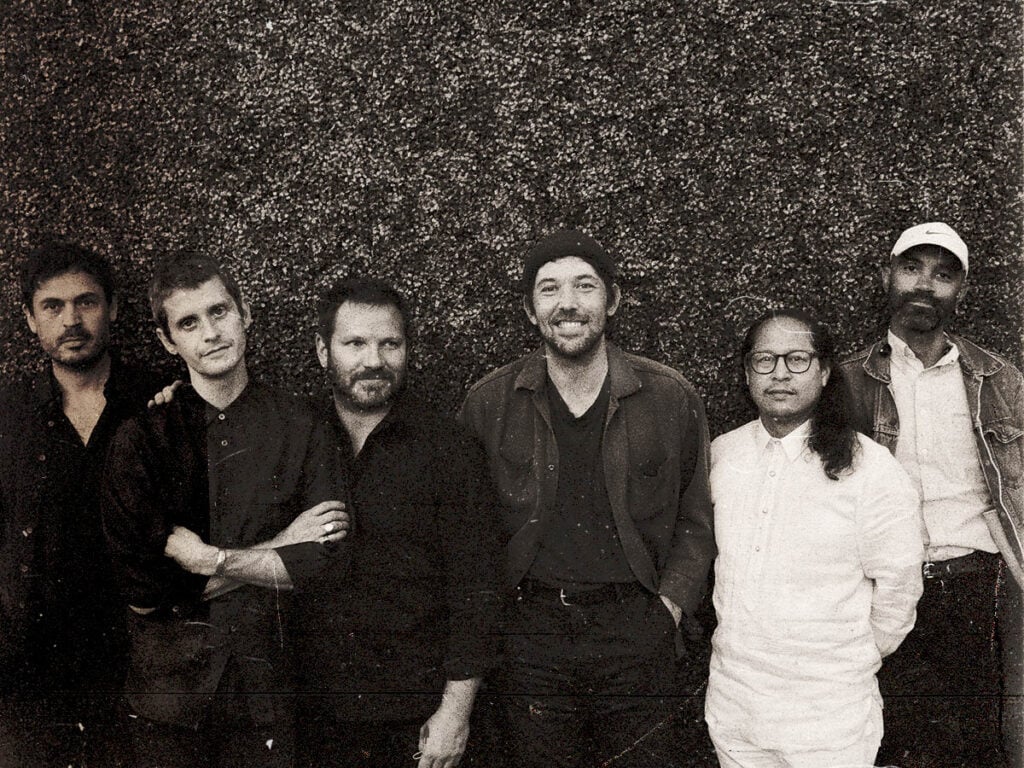
Fleet Foxes: The Unlikely Breakout of 2008
2008 was a strange time for indie rock. The genre, which had once felt fresh and rebellious, was stuck in a cycle of imitation. The post-punk revival was in full swing but had degenerated into a sea of forgettable guitar bands. The garage-rock revival, which had been ignited by the White Stripes and bands like The Hives, had burned out after Jack White started wearing matador outfits and playing marimbas. Labels, desperate for the next big thing, were chasing trends, and the result was a lot of noise and little substance. So, how did Fleet Foxes, a bearded band of folk rockers, break through the chaos in the same year?
The Indie Landscape of 2008
In 2008, the indie scene was defined by contradiction. Some of the year’s most talked-about albums—*Crystal Castles*, *Foals*’ *Antidotes*, and *Vampire Weekend*’s debut—were pushing the boundaries of genre and experimentation. Vampire Weekend brought Ivy League intellectualism and afrobeat influences to the indie mainstream, while Foals’ mathy, art-punk sound was a sharp contrast to the more polished indie-pop of the time. Meanwhile, other acts like *Does It Offend You, Yeah?* and *Hadouken!* embraced electronic sounds and an aggressive party vibe, marking a shift away from traditional rock structures.
Despite all of this, it was an unlikely band—Fleet Foxes—that managed to cut through the noise and capture the zeitgeist. Their debut album, released in the summer of 2008, was an immersive, acoustic experience in a year where most bands were looking toward the future. Fleet Foxes’ sound was rooted in the past, drawing from the folk traditions of the ’60s and ’70s, but infused with a modern sensibility that made it feel fresh.
“White Winter Hymnal”: A Simpler Approach
The breakout track, “White Winter Hymnal,” is a perfect example of Fleet Foxes’ appeal. At just over two minutes long, the 
What’s most surprising about the song’s origins is that it wasn’t born out of a deep personal tragedy or philosophical musing. Lead singer Robin Pecknold revealed that the song was created almost as a joke—a vocal warm-up that the band turned into something more. “We thought it would be nice to start with a simple jam that’s focused on singing,” Pecknold explained in an interview, noting that the song’s vague lyrics were intentionally meaningless. “We hoped it would make people laugh, but I think it just confused them.”
In a year when indie rock was obsessed with complexity, Fleet Foxes found success in the opposite: simplicity, nostalgia, and harmony. The song’s success wasn’t just due to its catchy tune; it was the result of a band making music for the pure joy of creating, unburdened by the weight of expectations.
A New Folk Revival
Fleet Foxes helped catalyze the 2000s folk-rock revival, a movement that would dominate the next few years. Bands like Mumford & Sons, Noah and the Whale, and Bon Iver, with their own takes on folk, drew inspiration from Fleet Foxes’ sound. But unlike these bands, whose lyrics often carried emotional heaviness, Fleet Foxes’ approach was more about evoking a sense of collective experience. Their music felt timeless, tapping into something universal.
Fleet Foxes succeeded in a time when so much of indie rock was trying to move forward by looking backward. They didn’t reinvent folk; they celebrated it. And in doing so, they carved out a space for themselves in the musical landscape of 2008—one of the most baffling years in indie rock history.
Leave a Reply